Shrimp lo mein is probably one of the most popular takeout dish at my parents' Chinese takeout restaurant. It features thick, yellow, bouncy egg noodles tossed in a garlicky, savory brown sauce, and loaded with plump, tender shrimps. With our recipe, you can now easily make it in your home kitchen in less than 30 minutes! Have it as the main dish or pair it with beef and broccoli for a surf and turf combo or try our chicken lo mein with chicken with mixed vegetables for an all chicken dinner!

This recipe has been updated from pan searing shrimps to blanching to make the cooking process even easier, quicker, and mess free.
If you’ve made this recipe or any recipes from our blog, please tag us on Instagram using #twoplaidaprons! You can also tag us in your Instagram stories using @two_plaid_aprons. We would love to see your creations! It absolutely makes our day! 🥰
Jump to:

Ingredients
Please scroll down to the recipe card for the ingredient quantities!
For the lo mein:
- Lo mein noodles - You can find them frozen and sometimes fresh (usually in vacuumed bags). They're a type of egg noodles, and they're thick and roundish in shape. They're also quite yellow in color.
- Onion, carrot, celery, napa cabbage, green onion - Vegetables are not absolutely necessary, however, we highly recommend them because they add so much flavor, color, and texture to the lo mein.
- Garlic - An absolutely! Fresh garlic adds flavor to the lo mein sauce that can't be replicated.
- Toasted sesame oil - Just a touch of toasted sesame oil to finish the lo mein. It adds some nuttiness and toasted flavor to the dish.
- Oil (any neutral oil) - for cooking.
The lo mein sauce:
- Oyster sauce - One of the base flavoring for the lo mein sauce. It's umami packed, savory, and well rounded. If you don't have oyster sauce, you could use a little fish sauce with extra soy sauce and a little extra sugar to substitute. You could also substitute with this vegetable stir fry sauce and use a little less sugar. Do note that either substitutes will not taste the same as using oyster sauce.
- Soy sauce - Feel free to use either regular or light sodium soy sauce. We like to use Kikkoman's low sodium soy sauce.
- Dark soy sauce - This is a Chinese pantry staple that tastes similar to soy sauce but tastes less salty and a little sweet. Dark soy sauce gives dishes a lovely rich, amber brown color, like in our red braised pork.
- Sugar - To add some sweetness and round out the flavor. If you prefer, you could substitute with honey, but the flavor will be a little different.
- Shaoxing cooking wine - Although adding rice cooking wine is optional, we highly recommend it! It adds extra fragrant and a huge part of making homemade lo mein taste like restaurant quality.

For the shrimps:
- Shrimps - Feel free to use small or large shrimps. Small shrimps are bouncy and tender while the larger shrimps are more flavorful and sweeter but have a bit more chew to them.
- Salt - For seasoning the shirmps.
- Shaoxing cooking wine - Rice cooking wine gets rid of any unwanted seafood smells and flavors. Highly recommended. If you don't have Shaoxing cooking wine, you could substitute it with some dry sherry.
- Oil and cornstarch - For velveting the shrimp. This will protect and the shrimps and keep them plump, juicy, and tender.

What kind of noodles should I use for lo mein?
Lo mein noodles are made with thick egg noodles. You'll usually find these noodles in the freezer or the refrigerated aisle in pouches or vacuumed bags. The noodles are thick, roundish, and yellow in color.

This Twin Marquis brand lo mein is our favorite choice because it tastes the closest to my parents'.
How to make shrimp lo mein
1. Marinate the shrimps. In a medium bowl, add the shrimps, salt, Shaoxing rice wine, oil, and cornstarch. Mix until the shrimps are evenly coated. Set it aside as you prepare the rest of the ingredients.

2. Make the lo mein sauce. In a bowl, mix together oyster sauce, soy sauce, dark soy sauce, and sugar. Set it aside until needed.

3. Blanch the ingredients. Bring a large pot of water to a boil and add the shrimps. Let the shrimps cook until they turn a pinkish orange color and are just cooked. Remove with a strainer.
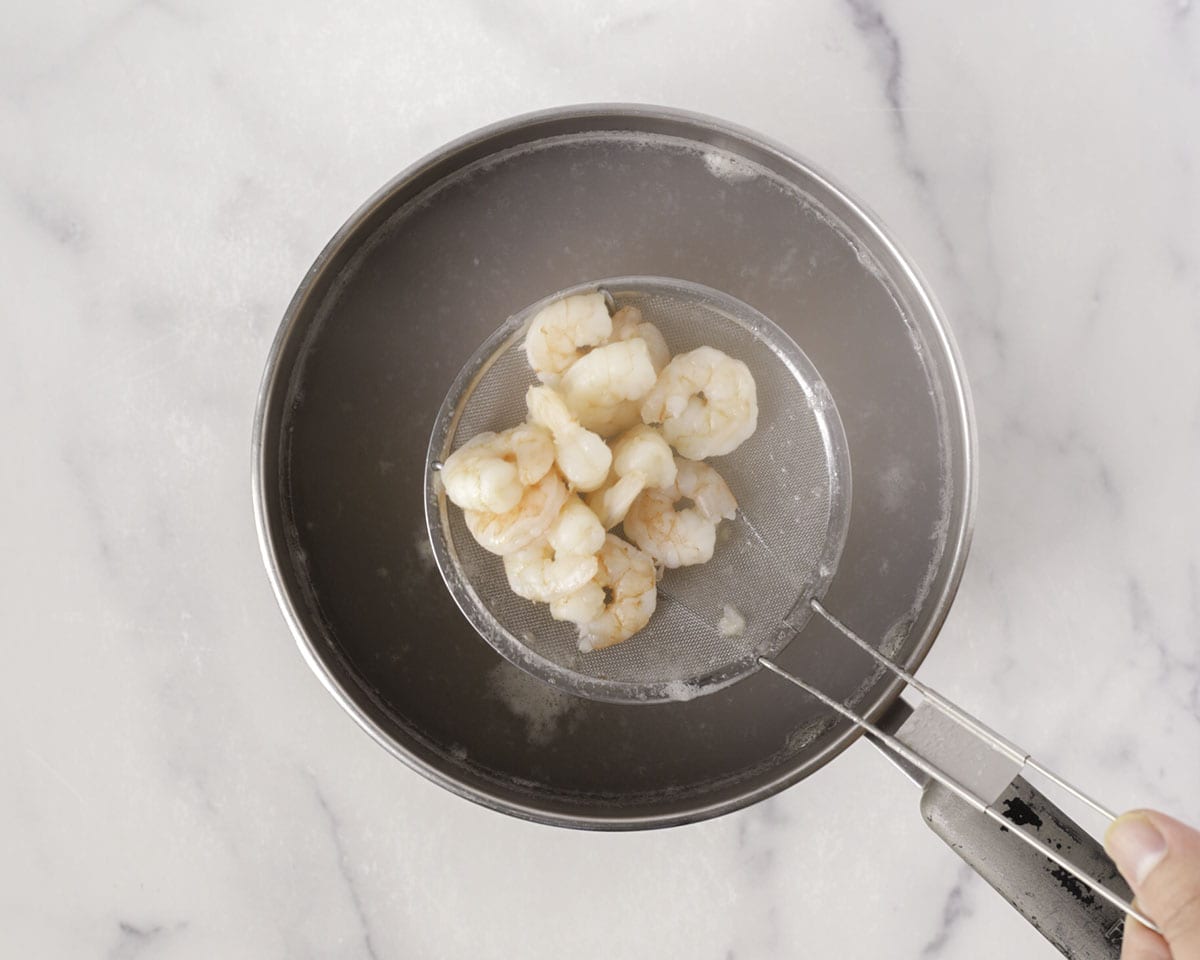
Once the water comes back to a boil, add the lo mein noodles and cook according to the package instructions.


At the last 30 seconds, add the vegetables. Stir a continue to cook for about 30 seconds until the vegetables are wilted. Drain everything and set aside.

📝 Note: Make sure to use at least a 6 to 8 cup pot, preferably larger, because the noodles will expand as it cook and the water will foam up from the starch.
4. Stir fry the garlic. In a wok or large sauté pan over medium high heat, add about 1 tablespoon of oil. Once the oil is hot, add the minced garlic and stir fry until fragrant, about 15 to 30 seconds.

5. Stir fry the lo mein. To the wok, add the drained noodles and vegetables. Give everything a few tosses and drizzle the shaoxing rice wine around the wok. Stir fry for another 15 to 30 seconds or until the alcohol is cooked off and it smells fragrant.
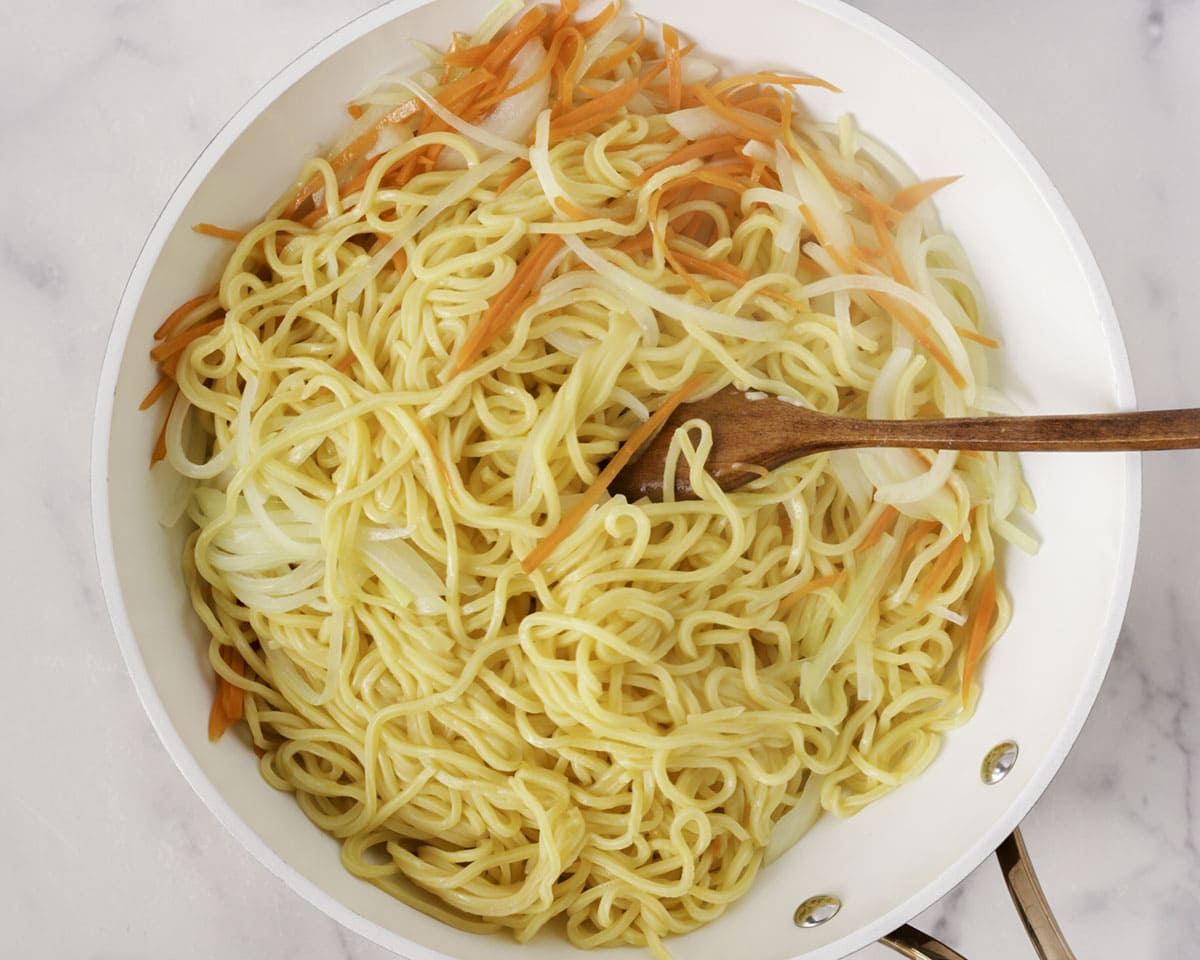
Then add the blanched shrimps along with the sauce and stir fry until everything is evenly coated with sauce.

6. Finish. Drizzle in the sesame oil and add the green onions and stir fry for another 15 to 30 seconds. Portion onto serving plates and enjoy while hot!

Recipe tips
- Don't rinse the lo mein noodles after draining it. The starch on the noodles help the sauce thicken and helps the sauce stick onto the noodles.
- Thaw and loosen up the lo mein noodles. If you're using the same egg noodles as we did for our shrimp lo mein, do thaw the noodles completely before using. And before boiling the noodles, we recommend that you roughly loosen up the noodles to separate the strand. Otherwise, there's chances of the noodles clumping.
- Don't cook the vegetables for too long. The vegetables won't require long to cook at all, about 15 to 30 seconds. Once they are wilted, everything can be drained. This way, the veggies stay vibrant and crisp.

Storage
Leftover shrimp lo mein can be refrigerated for up to 3 to 4 days. Make sure to allow it to cool completely before covering and refrigerating. Do note that the noodle will not taste as good as freshly made since it bloats as it sits.

Reheating
You can easily reheat the shrimp lo mein in the microwave or on the stovetop.
Microwave method: Drizzle a splash of water the lo mein then cover loosely. Microwave until heated through, tossing the noodles midway to promote even heating.
Stovetop method: In a nonstick pan, add the shrimp lo mein and a couple splash of water. Sauté on medium heat until hot.

FAQ
Typically, shrimp lo mein from Chinese restaurants always include some vegetables. Most commonly, you'll find onions, carrots, celery, napa cabbage, and green onions.
The biggest difference between lo mein and chow mein is the type of noodles use. Lo mein uses thick egg noodles that's boiled first, while chow mein usually uses thin egg noodles that's fried or stir fried.
Lo mein is an egg noodle stir fry dish that's garlicky, savory, and slightly sweet with hints of toasted, nuttiness from the sesame oil.
📖 Recipe
Shrimp Lo Mein
Ingredients
For the shrimps:
- 12 ounces shrimp peeled and deveined (small or large shrimps are both fine)
- 1 tablespoon cornstarch
- 1 teaspoon Shaoxing rice wine
- ½ teaspoon salt
- ½ teaspoon oil any neutral oil will do
For the rest of the shrimp lo mein:
- 16 ounces lo mein noodles also known as fresh egg noodles (usually 1 pouch)
- 4 ounces napa cabbage thinly sliced (about 2 to 3 leaves)
- ½ small yellow onion thinly sliced
- ½ large carrot peeled and julienned
- 1 rib celery julienned or thinly slice
- 2 stalks green onion cut into 1 inch pieces
- 1 tablespoon garlic minced (about 2-3 cloves per TBSP)
- 1 tablespoon Shaoxing rice wine (optional)
- 2 teaspoon toasted sesame oil
- 1 tablespoon oil any neutral oil
For the lo mein sauce:
- 3 tablespoons oyster sauce
- 3 tablespoons soy sauce regular or light sodium
- 1½ tablespoons granulated sugar
- 1 tablespoons dark soy sauce
Instructions
- Marinate the shrimps:In a medium bowl, add the shrimps, cornstarch, Shaoxing cooking wine, salt, and oil. Mix well until the shrimps are evenly coated. Set aside as you prepare the rest of the ingredients.
- For the sauce:In a bowl, mix together all the ingredients for the lo mein sauce (oyster sauce, soy sauce, dark soy, and sugar). Set aside until needed.
- Make the shrimp lo mein:Bring a large pot of water to a boil. Add the marinated shrimps and stir immediately to separate them. Let the shrimps cook until they are pinkish orange and curls into almost an "O" shape, about 30 seconds to 1 minute for small shrimps and 1 to 2 minutes for for larger shrimps, depending on their size. Once cooked, remove the shrimps using a strainer and set them aside.
- Bring the same pot of water to a boil and add the lo mein noodles. Stir to to separate the noodles and cook according to the package instructions. Towards the final 30 seconds of cooking, add the vegetables (onion, carrot, napa cabbage, and celery). Continue cooking for another 10 to 30 seconds or until the veggies are just wilted. Drain everything then set it aside.*Depending on the brand, the cook time can very. The ones we use takes about 3 to 5 minutes to cook. Also, make sure the noodles are thawed and loosened before boiling!*
- In a wok or large sauté pan over medium high heat, add the oil. Once the oil is hot, add the garlic and stir fry until fragrant, about 15 to 30 seconds.
- Add the lo mein noodles and vegetables give everything a few toss to combine. Then, drizzle the Shaoxing cooking wine around the wok/pan and stir fry for about 15 to 30 seconds or until the alcohol is cooked off and fragrant.
- To the lo mein, add the blanched shrimps. Then give the the prepared sauce a good stir and add it to the wok. Stir fry and toss everything for a couple of minutes, until everything is evenly coated with sauce.
- Finish by drizzling in the sesame oil and adding the green onions. Stir fry and toss the lo mein for another 15 to 30 seconds. Transfer to a serving plate and enjoy while hot!
Notes
- Don't rinse the noodles. No need to rinse the lo mein noodles after draining. This way, the noodles will get nicely coated with the sauce.
- Vegetables - Adding some vegetables to the lo mein adds texture and different flavors. Although they are optional, we highly recommend it!




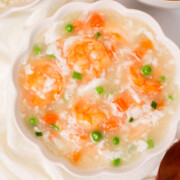



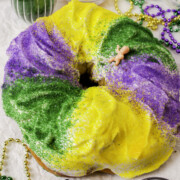


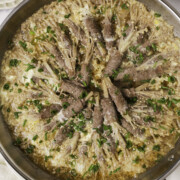








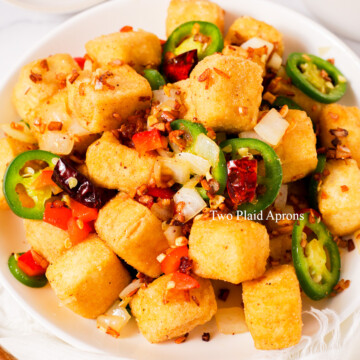

Comments
No Comments